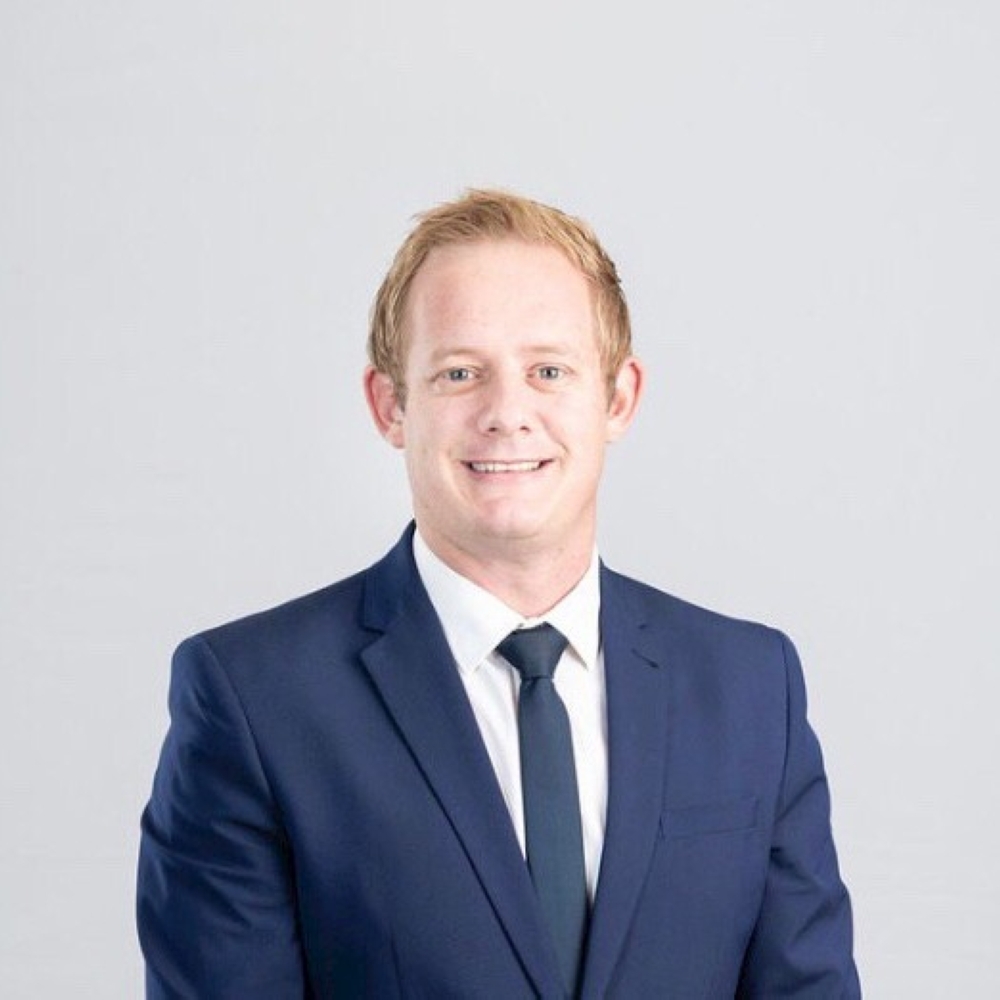Billions a year for climate change
Bank Windhoek accumulating own funds
After a lot of commitments made during the United Nations Climate Change Conference last year, the implementation thereof is key. According to James Chapman, Executive Officer: Specialist Finance and Retail Banking at Bank Windhoek, who attended COP27 in Egypt last week, the time is now to step up in terms of execution. “What is significant is the number of investment required across the globe to meet these targets,” he said, adding that one of the biggest highlights for Namibia is the partnership with the European Union on renewable hydrogen and chemical raw materials. According to Chapman, securing N$10 billion from the Dutch government and the European Investment Bank is great but a lot more is needed to fight the cause. “From a global perspective, we require between three and six trillion US dollars annually to be invested to achieve the goals.” Bringing it closer to home, Africa requires US$270 billion a year. “What is so significant is that it is nine times the current climate financing that is flowing into Africa and it's a substantial step up in terms of what is required,” he said. He added that this were financial institutions like the Capricorn Group can come in and play a role in facilitating those funding flows. “About 75% of climate finance is done by private sectors and we are well-positioned in assisting in this regard,” he said. “We came here to look at these issues and how we can best address and solve them to make that much required impact on climate change.” But he says from a financial perspective, some of the challenges include the implementation of projects, mitigation and adaptation, as well as accessing that finance. Bank Windhoek has tried to accumulate their own funding is by creating their own green sustainability bond that was listed on the Namibian stock exchange, of with the first green bond issued in December 2018. According to Ruan Bestbier, Group Head for Sustainability at Bank Windhoek, that's one of the initiatives with the bank used to raise their own funding in the local market, from local investors to support local projects. “There's a lot of additional funding sources available in the market but the terms and conditions normally associated by accessing some of the funding is really not creating a conducive environment for us to design and develop products that we could roll out to the market in order to assist in this transition to a low carbon and climate resilient economy,” he said.




